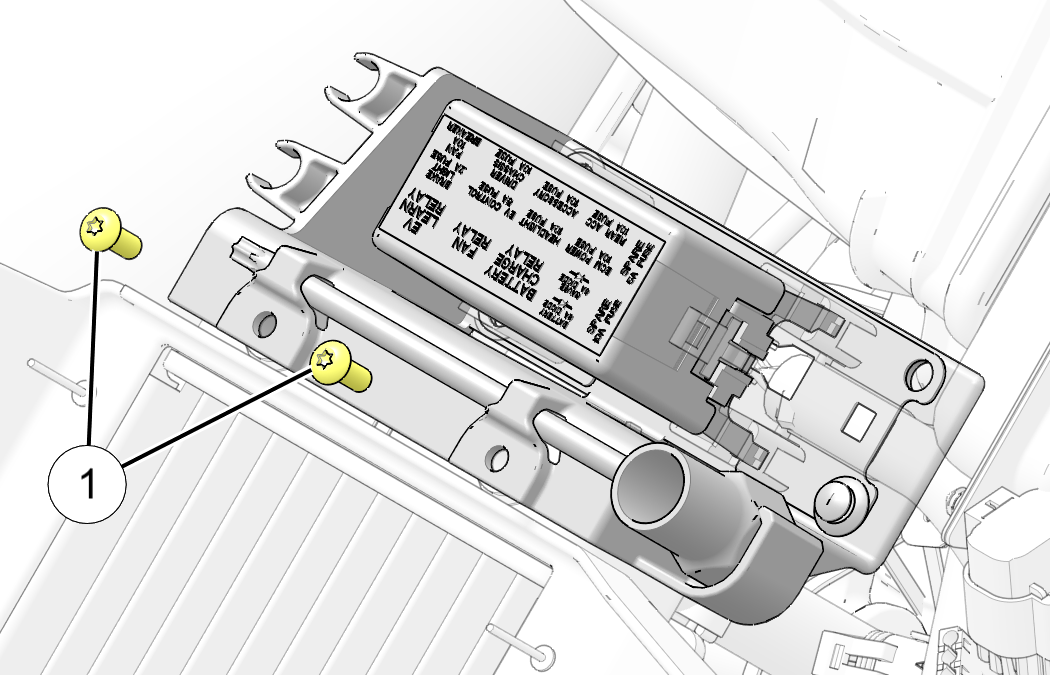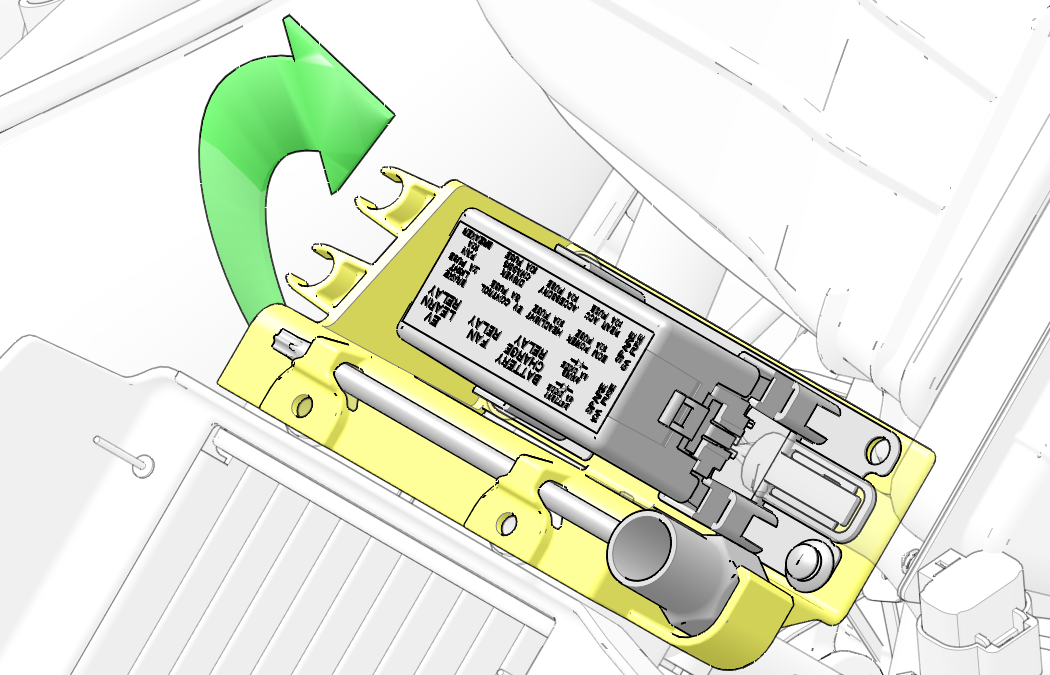
Content Source: 2019 800 Titan Adventure Owner’s Manual (9928876 R01) > Maintenance Chapter
| IMPORTANT |
|
The Owner's Manual for this vehicle contains warnings, instructions and other information you must read and fully understand before safely riding or performing maintenance on this vehicle.Always follow the warnings and instructions in Owner's Manual. Click the CONTENTS link above for the Table Of Contents, or download a full PDF of the Owner Manual in the Owner Support area of Polaris.com |
| NOTE |
| Using non-recommended spark plugs can result in serious engine damage. A spark plug with a heat range too high will always cause engine damage if the engine is operated in conditions more severe than intended for that plug. Always use the spark plugs recommended for your snowmobile. |
| TORQUE | |
| 18-22 ft. lbs. (24-30 Nm) |



| MEASUREMENT | |
|
NGK BPR9ES Gap:
.027″ (0.70 mm) |
| TORQUE | |
|
Spark Plug Torque:
18 - 22 ft-lbs (24
- 30 Nm) |
| TIP |
| The tip should not be white. A white insulator tip indicates overheating, caused by use of an improper spark plug or incorrect carburetor/throttle body adjustments. |
© Copyright Polaris Industries Inc. All rights reserved.